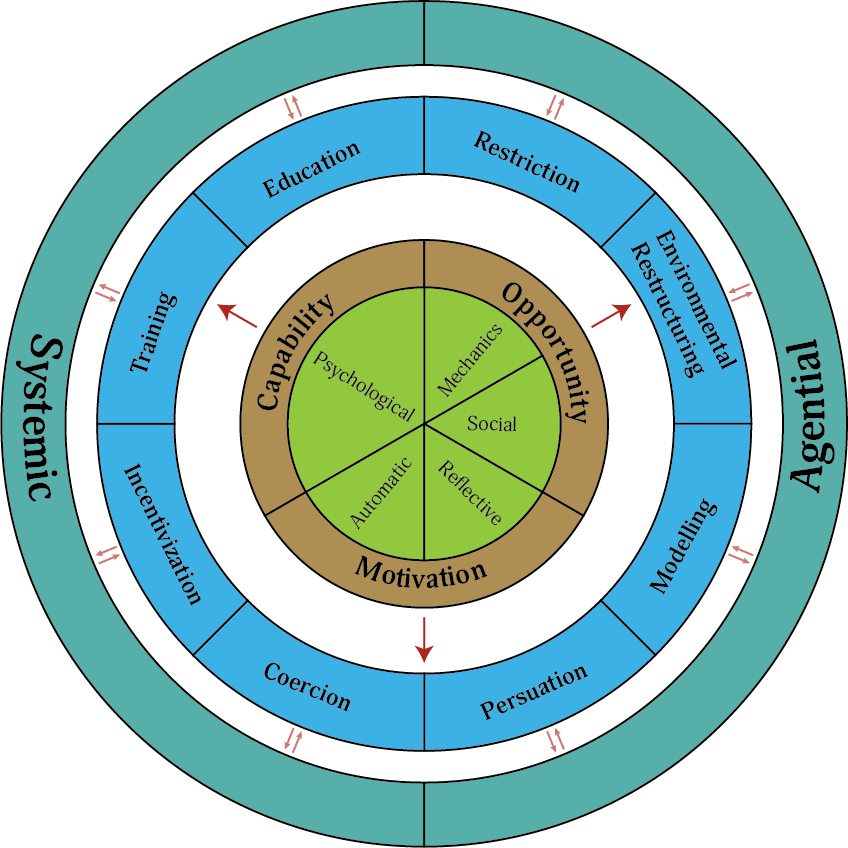TACKLING TOXICITY IN MULTIPLAYER GAMES: THE GAME BEHAVIOR CHANGE WHEEL APPROACH
This is a only short documentation of the research. More comprehensive findings and solutions can be found in the full report downloadable from the link below.
Good News! The research has now been published as a chapter in the anthology What Happens When We Play: A Critical Approach to Games User Experience Design & Education. You can access the free e-book here through ETC Press https://press.etc.cmu.edu/books/what-happens-when-we-play or grab a hard copy!
Introduction
Toxicity has been a prevailing issue in competitive multiplayer games. In a study investigating cyberbullying, a type of toxic behavior in online games, 62.12% of the 1,033 participants stated that cyberbullying happens often or all the time in online gaming environments (Fryling et al., 2015). Even more disturbing is the negative impacts on players from these toxic encounters: both the bullies and victims reported a decrease in social interactions and self-esteem while aggressiveness, stress, anxiety, anger, and depression all saw an increase (Fryling et al., 2015). What’s worse, the players are not the only victims in this situation: the director of Overwatch, Jeff Kaplan, said toxic behavior has also negatively impacted developers and slowed Overwatch development in 2017 (Hood, 2017). In this study, we propose the Game Behavior Change Wheel (GBCW), a new approach for tackling toxicity in competitive gaming. A case study was also carried out using the GBCW to design in-game interventions against the flaming behavior in Overwatch. The case study shows that the GBCW is able to develop a comprehensive view of the toxic behavior in the game and also provides systematic guidance on the intervention design against toxicity.
Approach Highlights
Game Behavior Change Wheel
The GBCW is based on the Behavior Change Wheel (BCW), a framework for guiding intervention design against behaviors such as smoking that may lead to serious health concerns. (“Michie, S., van Stralen, M. M., & West, R. (2011). The behavior change wheel: A” on page 14) We modified several parts of the wheel to make it better suited for design interventions against gaming behaviors. For example, the outermost layer of the wheel is now separated into two categories: “Systemic” and “Agential”, which correspond to two directions that the designers can go to influence player’s behavior: changing the rule system or working on changing the player base.
After pinning down the GBCW design, we carried out a case study on Overwatch using this newly designed framework. A survey investigating the community’s view on cyberbullying was conducted, with 221 valid responses collected.
A content analysis was performed on the qualitative data collection and several themes and subthemes emerged from the process. These are organized in a hierarchical chart as shown in the following section:
Findings: Why Flaming Happens in Overwatch
In the “Why Flaming” theme, the majority express that the flaming issue comes from the player base, especially coming from the perpetrator blaming the teammates for their performance when the team is losing.
Negative mental status/attitude is also strongly reflected in the data: many respondents suggest that lots of players are either already having a bad mood when getting into the game or getting stressed out by a losing streak, which makes them easy to go off on other players.
Quantitative data were also collected regarding their specific attitude toward the capabilities, opportunities, and motivations for reducing cyberbullying behavior. They were also analyzed from both the perpetrator’s perspective and the victim’s perspective. For example, when it comes to motivations, a difference between the two perspectives surfaces:
the perpetrators gave the most votes to “develop a habit of not flaming others” whereas the victim perspective suggests that the perpetrators need to realize that it is good not to flame others.
Themes and Codes Extracted on Why Players Flame in Overwatch
Answers regarding motivation to reduce cyberbullying
Solutions: Behavior Interventions against Flaming Designs Highlights
Addressing the automatic motivation of developing a habit of not flaming others would benefit from digging deep into the possible root of the habitual flaming, which can be traced back to the belief of the perpetrator that the flaming, despite inappropriate, is nevertheless justified. The justification usually comes from the merit system in the game, i.e., if I am performing “better” than you in the game, I am in a position to judge you.
The medal system is one such system in the game that judges each player’s merit by giving them different medals, which is seen by several respondents as the root of flaming. To address this, a new merit system is designed to avoid the competition and judgments between players. Rather than pitting players against each other for the medals, the new merit system compares the player’s performance with the average performance of themselves on the same map with the same character. Because of the asymmetric character design of Overwatch, it also only shows the performance numbers that are relevant and meaningful to the character the player is playing, further removing the possibility of comparison stats while highlighting important information at the same time. Not only does it remove the comparison of merit among players, stripping away the justification upon which the habitual flaming is built, but the player is still able to keep track of their performance and have a sense of growth.
Current Merit System Design in Overwatch
A Proposed New Merit System Design in Overwatch




